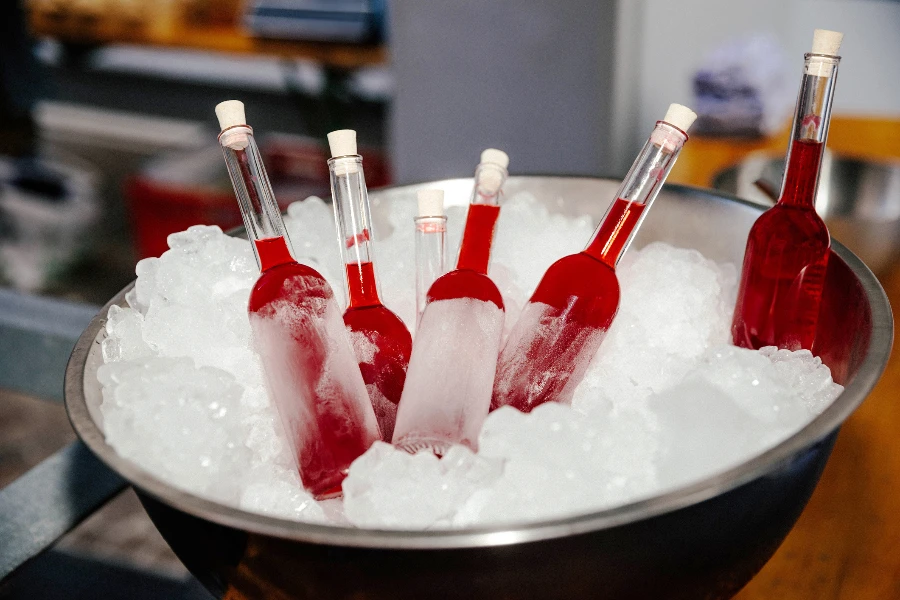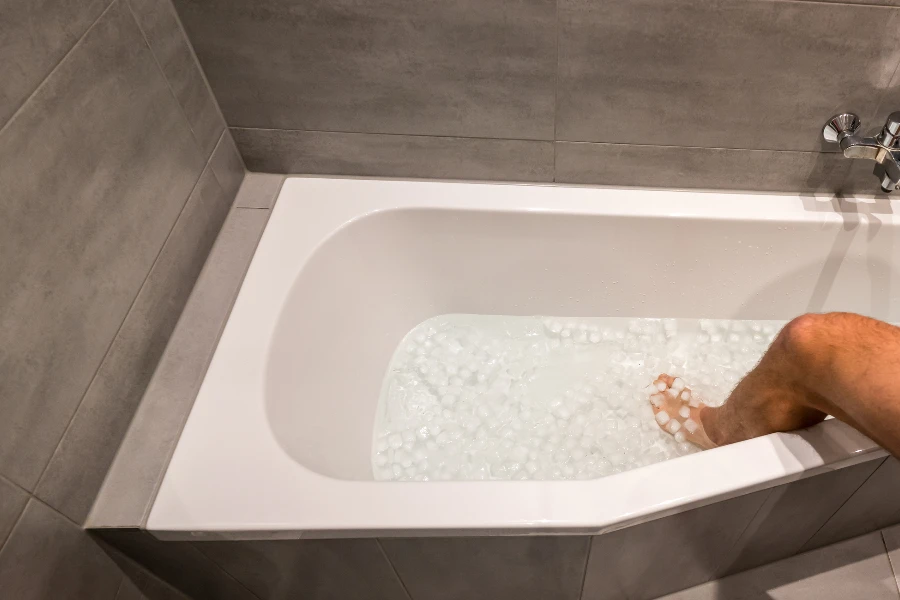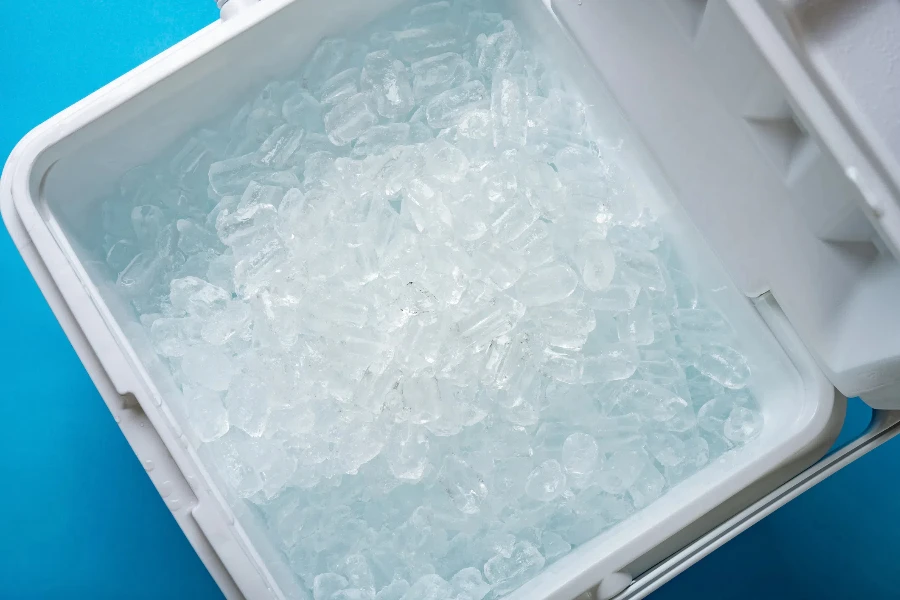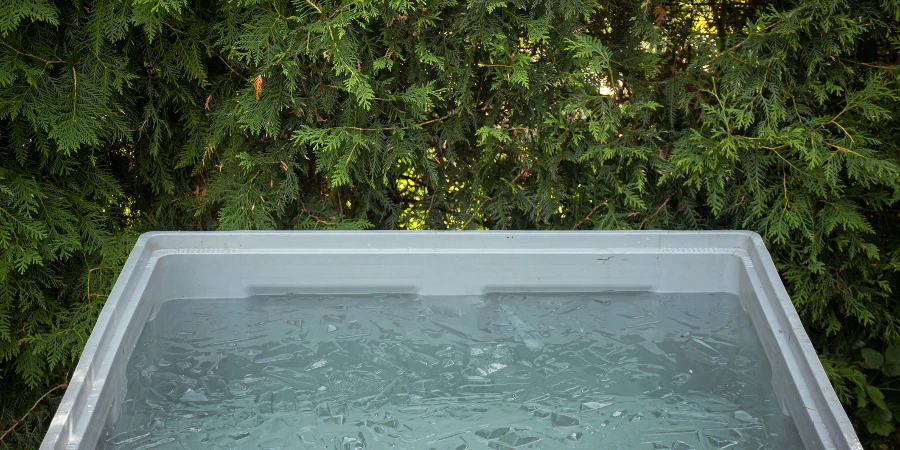Ice tubs, a seemingly simple product, play a crucial role in various settings, from hospitality to healthcare. They serve not only as a means to cool beverages but also have applications in physical therapy and food preservation. This article aims to shed light on the multifaceted uses of ice tubs, guiding you through selecting the right one, understanding its maintenance, and exploring innovative uses. We’ll break down complex considerations into easy-to-understand insights, ensuring you make an informed decision tailored to your specific needs.
Table of Contents:
– Selecting the right ice tub
– Maintenance and care
– Innovative uses of ice tubs
– Energy efficiency and sustainability
– Cost considerations
Selecting the right ice tub:

Choosing an ice tub that fits your needs requires understanding its capacity, material, and design. Capacity is paramount; a larger tub is necessary for events, while a smaller one suffices for personal use. Materials range from stainless steel, known for its durability and insulation properties, to plastic, which offers affordability and lightweight for easy mobility. The design also impacts usability and storage, with some models featuring built-in drainage systems for easier water removal and others designed for stackability to save space.
Maintenance and care:

Proper maintenance extends the life of your ice tub and ensures it remains hygienic for use. Regular cleaning is essential; using a solution of mild detergent and water can prevent the buildup of bacteria. For stainless steel tubs, avoiding abrasive materials will prevent scratches, preserving the insulation. Additionally, understanding the storage needs of your ice tub, such as avoiding direct sunlight for plastic models to prevent warping, is crucial for maintaining its condition over time.
Innovative uses of ice tubs:

Beyond cooling beverages, ice tubs have innovative applications across various industries. In healthcare, they are used in cold therapy to reduce inflammation and speed up recovery. Event planners have transformed ice tubs into decorative elements, using them to create stunning ice sculptures with practical functionality. In the culinary world, chefs utilize ice tubs to keep ingredients fresh during outdoor events, showcasing the versatility of this simple product.
Energy efficiency and sustainability:

The environmental impact of using ice tubs is an important consideration. Opting for models made from recycled materials or those that offer superior insulation can reduce the need for constant ice replenishment, thereby saving energy. Furthermore, selecting durable models reduces the frequency of replacement, contributing to sustainability efforts. Manufacturers are increasingly focusing on creating eco-friendly designs, reflecting the growing consumer demand for sustainable products.
Cost considerations:

The price of ice tubs varies widely based on size, material, and features. While it might be tempting to opt for a cheaper model, considering the long-term durability and energy savings of a more expensive tub can be more cost-effective. Investing in a high-quality ice tub that meets your specific needs can save money in the long run through reduced maintenance costs and energy efficiency.
Conclusion:
Ice tubs, with their diverse applications and considerations, offer more than meets the eye. From selecting the right model to understanding its care and exploring innovative uses, there’s a lot to consider. By focusing on durability, maintenance, and sustainability, you can find an ice tub that not only meets your immediate needs but also contributes to long-term cost savings and environmental efforts. Whether for personal use, healthcare, or events, the right ice tub can enhance your cooling needs efficiently and effectively.




